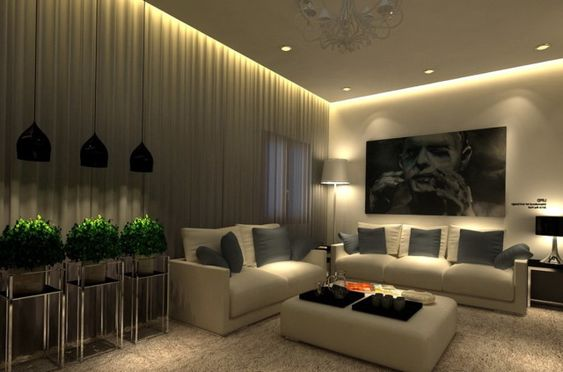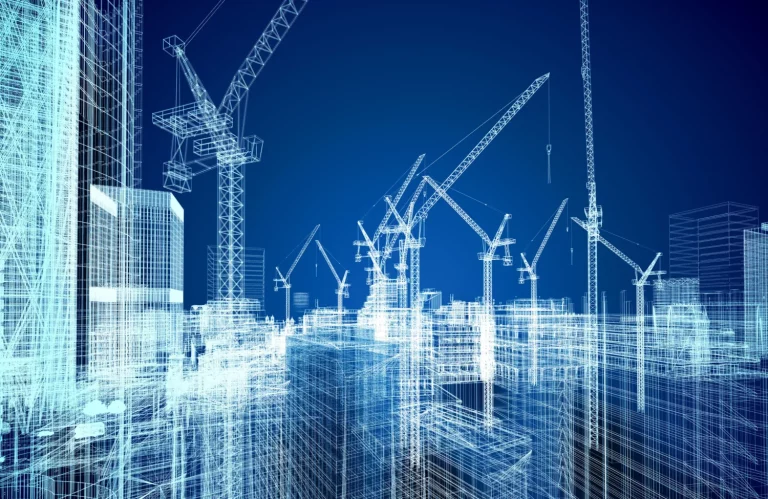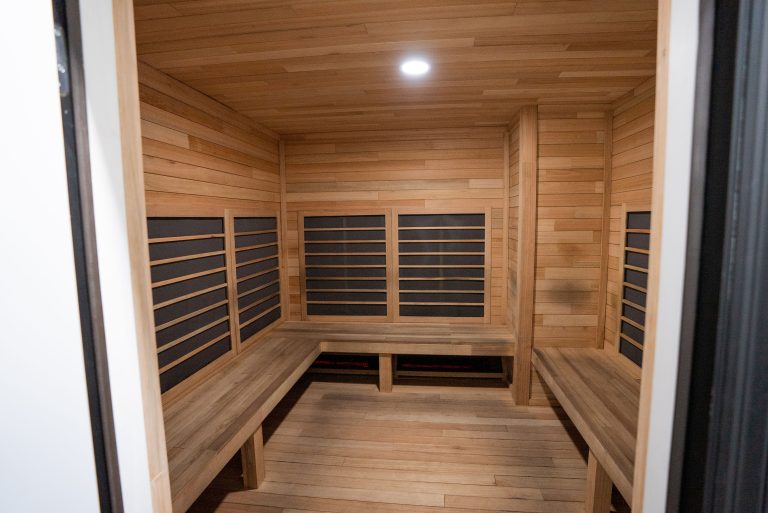Facility management has evolved beyond mere building maintenance. Facility managers are tasked with ensuring the adaptability and sustainability of buildings. Their efforts improve operational efficiency and tenant retention. Without facility professionals, commercial buildings would struggle to meet client expectations while remaining cost-effective. More facility managers are turning to advanced technologies, such as augmented reality (AR), to accomplish their growing list of responsibilities. Approximately 20% of facility managers use AR, and 70% expect to use the technology in the next two years. These professionals see AR as crucial for building maintenance and occupant retention. What is Augmented Reality? Augmented reality (AR) integrates digital information with the physical environment in real-time. AR changes the visual environment to provide added information to the end user. For example, televised sporting events often use AR to show the arc of a football, basketball, or baseball. Gridd® Mobile is an AR solution that works with FreeAxez’ power and cabling distribution systems (Gridd® and Gridd® Power) to adapt the workspace to meet occupant needs. This technology turns smartphones and tablets into digital displays of existing or planned cable and power runs. After implementing the Gridd® Adaptive Cabling Distribution® System, the AR application can display underlying infrastructure as a facility manager moves through a building. How Does AR Work? AR applications begin in the real world. Whether a digital photo or a QR code, the application looks for an augmented reality marker to execute its program. Mobile devices have built-in AR markers such as cameras, GPSes, and solid-state compasses. When the AR code receives digital information from a marker, it begins to layer the data over the real-world image. Gridd Mobile uses QR codes on the raised flooring components to deliver digital data on the underlying infrastructure. It then leverages a mobile device’s GPS and solid-state compass to generate a location and orient the image. As facility professionals walk through a space, they can see the power and cable runs beneath the floor cover. Gridd Mobile uses plan images or as-built drawings to display digital information over existing designs. The AR application enables architects, contractors, facility, and maintenance teams to interact with projects comprehensively. It creates a 3D image of the proposed structure and places it over the project’s physical environment. Any proposed changes can be stored for project-wide access. How is AR Used? When asked, facility professionals saw AR being used to improve indoor navigation systems and smart maintenance capabilities; however, many of those surveyed had yet to deploy an AR system. As more professionals use AR technology, they will realize its full capabilities. For example, architects use AR to solve the problem of showing a 3D model in a 2D world. With AR, they create 3D models to share with clients and contractors for a better design experience. Architects can show designs with multiple options to give clients confidence in how the design will look. Sharing AR designs encourages collaboration among designers, contractors, and facility managers. Seeing where power and water lines will be placed can help identify potential problems before breaking ground. As the industry embraces AR technology, architects benefit from faster approval cycles, less rework during construction, and improved client experiences. So, how can facility professionals use AR technology to save time, reduce costs, and improve tenant experiences? Using Gridd Mobile Gridd Mobile combines AR technology into a simple user interface, making it easy to view Gridd’s infrastructure in real-time. It uses the GPS and gyroscope capabilities of mobile devices to display information that is stored in the QR codes. Gridd Mobile can show the planned layout for power and cables. During construction, facility managers, architects, and builders can view updated installation plans corresponding to construction changes. The application also provides a centralized location to store updates, reducing potential knowledge loss between teams, and as personnel changes. Site Photos The AR application incorporates instant camera access for shooting and storing site photos. Users can decide what images and information need to be stored. Gridd Mobile helps facility managers organize photographs. Attic Stock The AR solution includes an attic stock feature that lets facility professionals view and edit their Gridd inventory. As changes are made the floorplan teams know exactly what they have available on hand. When reconfigurations or upgrades are needed, the Gridd catalogs are available in the app to give users access to the entire FreeAxez product catalogs for Gridd and Gridd Power. Gridd Components Facility teams can quickly obtain detailed information on the Gridd components specifics to their space This data is available during and after installation. It can be used to facilitate adjustments due to changing tenant requirements. Controlled Access Access to Gridd Mobile can be activated and deactivated as often as necessary. All team members from design through reconfiguration can access the details regarding the Gridd access floora system. Support Installation videos and guides are also available within the Gridd Mobile app.Users of can also submit support tickets for support using the app or more information on FreeAxez’ Gridd systems.. Benefits of AR Technology in Facility Management Facility professionals are beginning to deploy AR solutions. With experience, facility managers will see benefits such as: ● Improved efficiency. During construction, plan updates can be shared faster, reducing building delays. When facility need to be adapted to specific tenant needs, Gridd Mobile makes it easy for managers to see exactly where changes can be made before reconfiguration starts. ● Reduced downtime or disruption. Faster response times to cabling or power issues keep disruptions to a minimum. Lengthy repairs can be eliminated by assessing the conditions through AR technology. ● Less knowledge loss. Having a digital copy of the building’s power and cabling plan provides a central repository for related information, making ongoing support less burdensome. Buildings can improve their sustainability with Gridd’s Access Floor and Power systems. Power and low voltage cabling can be reconfigured easily rather than replaced or adding new runs reducing the strain on facility teams and resources Augmented reality is changing










